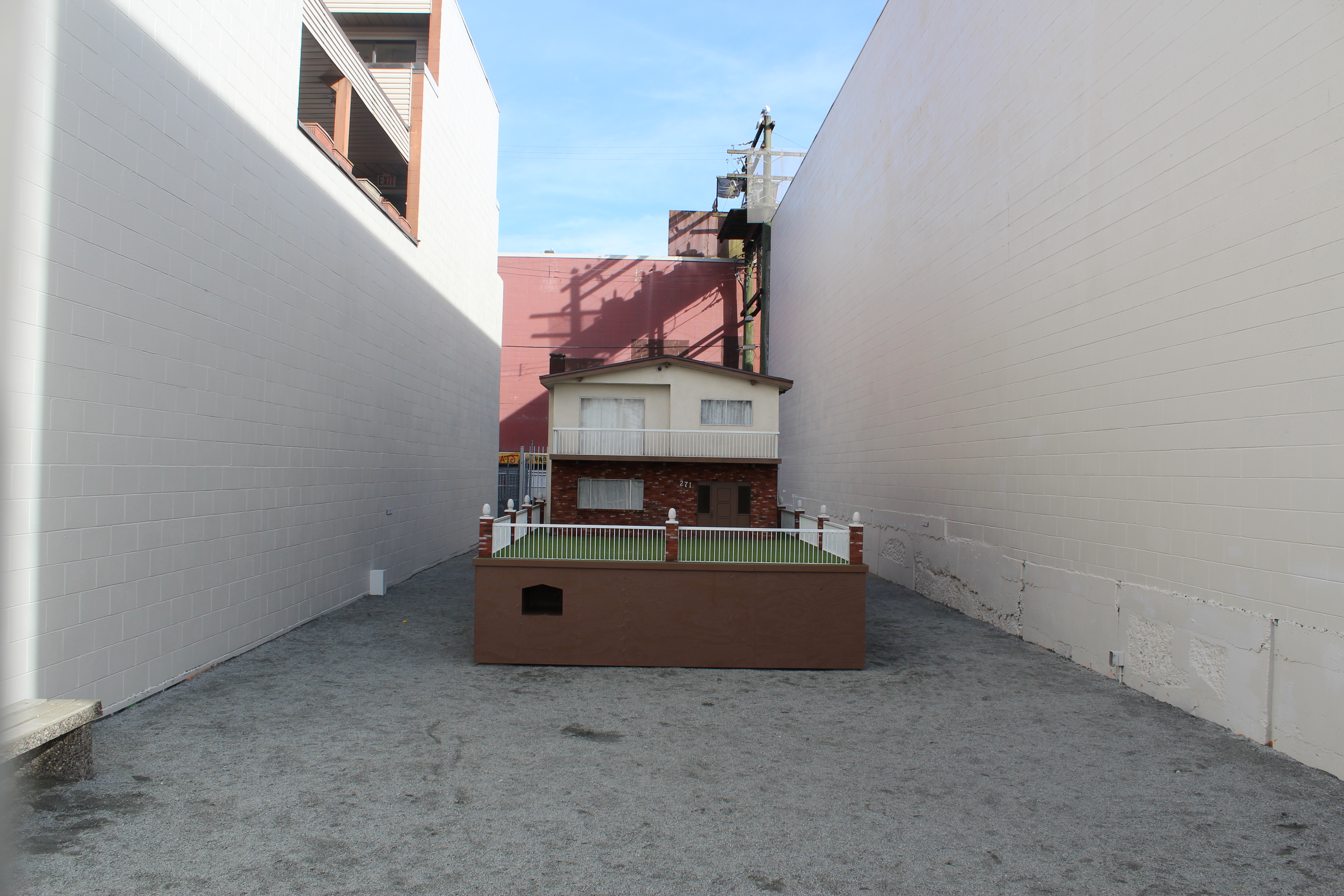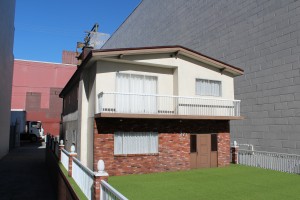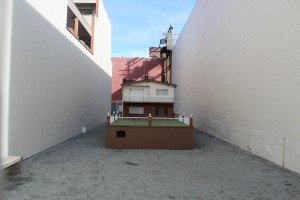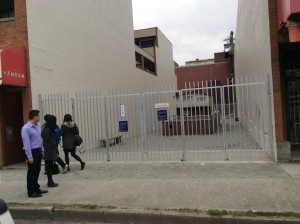Not Safe As Houses: Ken Lum’s Vancouver Especially
“To articulate the past historically does not mean to recognize it “the way it really was”…It means to seize hold of a memory as it flashes up at a moment of danger”—Walter Benjamin, Theses On the Philosophy of History
Ken Lum’s Vancouver Especially sits in an empty lot juxtaposed by the condominium complexes on the 200-block of Union Street in Chinatown. The site is now the new outdoor “Semi-Public” event space of 221A artist-run centre. Lum’s Vancouver Especially is 1:3 scale replica of a mass-produced house style known as a “Vancouver Special,” which proliferated from 1965 to 1985. It is characterized by its inexpensive materials (faux brick/stucco façade), box-like structure, and low-pitched roofs. The 1:3 scale of Lum’s house is determined by the $45, 000 artwork production budget which is comparable to the value of a Vancouver Special in the 1970s.
As one walks around Lum’s house it is difficult not to be charmed by it. Yet the house feels threatened, dwarfed on either side by “grown up” buildings. This child-like sibling looks lonely and defenceless. Lum’s Vancouver Special looks like a playhouse that one associates with child’s play and toys. The house is unremarkable except for its diminutive size. If it is meant to reference playful dreams of one day growing rich and powerful, it instead appears wistful. The house feels out of context, and seems vulnerable in relation to the buildings next door. One gets the impression that it would be invaded or vandalized if left alone. Moreover, there is a curious aspect of defamiliarization in Lum’s installation; the Vancouver Special, which was once a common character of the neighborhood, has now been made to feel unwelcome.
Lum’s Vancouver Especially functions as a condensed figure that contains the structural contradictions of the city’s affordable housing crisis. As Lauren Berlant has argued, despite the fact that the socio-economic promises of security and upward-mobility have fully attenuated, “people remain attached to unachievable fantasies of the good-life” (Berlant 7). Similarly, Lum’s Vancouver Special might be seen to represent a display suite that suggests this is the fantasy of what life could be like in an ideal world where there is a house within everyone’s reach. Lum grew up in a Vancouver Special. As he recalls, though his mother worked in a sweatshop, she was able to buy a Vancouver special (CBC News). For Lum, the Vancouver Special marks the “moment before the social landscape turned over to the money-class” (Lederman).
However, Lum’s Vancouver Especially comes to us not only to narrate the precarious condition of what it means to live in the city without capital—but also the shocking possibility that Chinatown could, in Lum’s words, “lose its special, ethnic character” (Lederman). His installation asks us to bear witness to a place which is becoming lost and transformed into the abstract space of capital; a space wherein the multi-ethnic and immigrant histories of Chinatown are not safe as houses.
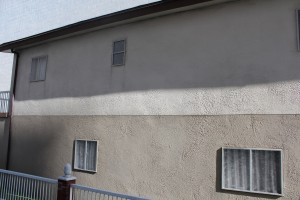
Vancouver Especially asks us to remember that all stories have a setting, and that a home is a place that shelters and cultivates life. As a symbol for multi-ethnic “dwelling” and the historicity of Chinatown, Lum’s house holds multiple stories with an awareness of the erasures and silences that ethnic, immigrant, and working-class communities have and will continue to face in the city. Lum’s miniature house holds a history both intimate and structural, personal and heterogeneously collective. As the optimistic statement that concludes the installation’s pamphlet states, “Vancouver Especially gives us the ability to imagine an insubordinate architecture of the future by looking to the past” (McBay). Lum’s house comes to us like that of a dream which refuses to be silenced or censored; it is an image from that past that refuses the “monocultural trajectory” of the city (McBay). Gazing beyond the many reified images of “Vancouver Then,” Lum’s artwork reflects a different narrative, one blowing us into the future: the city’s long, catastrophic history of displacement and dispossession.
Caught in the affective impasse of be/longing, Lum’s artistic intervention seems to be playing with time from the obstinacy of the melancholic position; he is refusing to let go, and refusing to let the moneyed-class get off the hook. Not unlike Lum’s other “monument,” Vancouver Especially inscribes non-white historicity back into Vancouver as a negation of the spatiotemporal order of the city’s capitalist class.
Works Cited
Benjamin, Walter. Illuminations. New York: Schocken, 1969. Print.
Berlant, Lauren. Cruel Optimism. Durham, NC: Duke University Press, 2011. Print.
McBay, Brian. Vancouver Especially (221A Installation pamphlet). Print.
Lederman, Marsha. “Ken Lum’s Vancouver Especially tackles Vancouver’s real estate crisis.” The Globe and Mail. 2 March, 2015. http://www.theglobeandmail.com/arts/art-and-architecture/ken-lums-new-art-installation-tackles-vancouvers-real-estate-crisis/article23248179/
On The Coast. “Exhibits a critique on the state of Vancouver real estate.” CBC News. Web. 22 Feb. 2015. http://www.cbc.ca/news/canada/british-columbia/ken-lum-s-vancouver-especially-exhibit-a-critique-on-the-state-of-vancouver-real-estate-1.2965892
